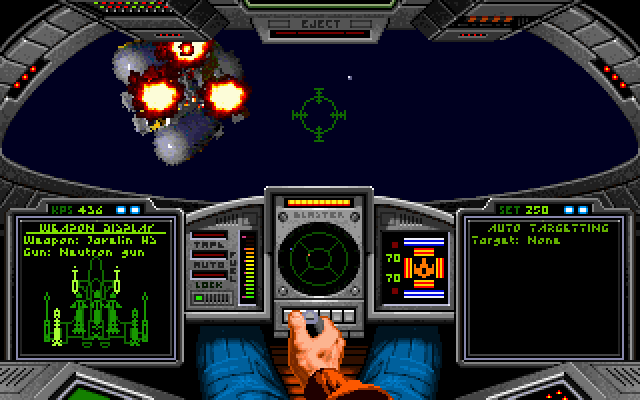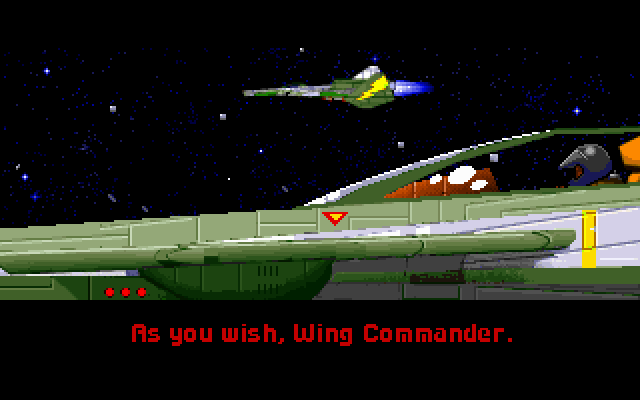
AUSTIN, TEXAS—We’ve already spent quite a bit of time talking about Elite: Dangerous, one of two crowdfunded, high-profile space combat simulators currently under development. However, as much as I would have liked to do so, I couldn’t take a quick day trip over to actually visit the Elite team in the UK while they were working. Visiting the Star Citizen team, on the other hand, is an entirely different matter. Cloud Imperium Games maintains an office just outside of Austin, Texas, just a few hours away from home.
So during the last week of June, I loaded up my car for the quick road trip across the blazing Texas summer prairie to poke my nose into things, learning how the game is coming along and meeting with some of the folks who are busy spending the more than $48 million dollars raised so far in Star Citizen’s mammoth crowdfunding effort. Ars last caught up with Cloud Imperium at PAX East in April 2014 at the unveiling of the game’s Arena Commander dogfighting module. Though Arena Commander took a bit longer than anticipated to actually release, I’d finally gotten some stick time and was eager to talk to the developers about the progress being made on the title.

There was another reason for wanting to visit Cloud Imperium, though: it's sort of a pilgrimage for any '80s-era gamer, because the man behind Star Citizen is none other than the legendary Chris Roberts. Sadly, while we tried to arrange the visit so that Roberts’ and my paths would cross, we couldn’t quite line up schedules. Nonetheless, for someone like me who spent his childhood playing Chris Roberts' games, just visiting his design studio was like taking a field trip to Mecca.
Warning: Nostalgia incoming!
In 1990, Austin-based Origin Systems published Wing Commander, a space combat simulator that kicked the nascent genre square in the stomach. Beyond the innovative (for the time) sprite-based graphics and optional Soundblaster-compatible digitized sound, the game had an actual for-real story—the player took on the role of the game’s main character and became the protagonist in a complex set of branching missions, where the overall course of an interstellar war hinged on your successes… or failures.

Wing Commander was designed and produced primarily by then 22-year-old Roberts, and it would go on to spawn four direct sequels, a highly regarded spin-off series (the Privateer games), several tie-in games, and even a jet-based flight simulator (Strike Commander). It also cemented Roberts as one of the original cadre of 1990s "rock star" game designers, along with other luminaries like John Romero, Tim Schafer, and fellow Origin alum Richard Garriott.

As a fledgling gamer at the time, I lived for new Roberts titles—anyone who grew up playing PC games in the 1990s knows that a new Origin game meant it was time to upgrade your entire computer so that you could play properly. No game in the series caused as much of a stir as 1994’s Wing Commander III, which not only left sprites behind for (software-rendered) 3D spaceships, but it also included four CDs of full motion video, starring Mark Hamill.

Sadly, though, as the '90s waned and the 2000s dawned, space combat games fell out of vogue (even though Wing Commander IV's six CDs and sprawling plot topped the third game by a considerable margin). At their heyday, LucasArts’ X-Wing series and Volition’s Freespace games rounded out Origin’s Wing Commander and Privateer titles to make a holy trinity of space-based combat. But a few years after that, the game landscape was barren and focused squarely on first-person titles. There have been a few stand-out space combat games in the last 15 years, but nothing is even remotely in the same galaxy. However, any pendulum swings over time. And last year's two crowdfunding campaigns led to the development of a pair of titles that each could revive what has become a totally moribund genre (whether Star Citizen or David Braben's Elite: Dangerous).
reader comments
214